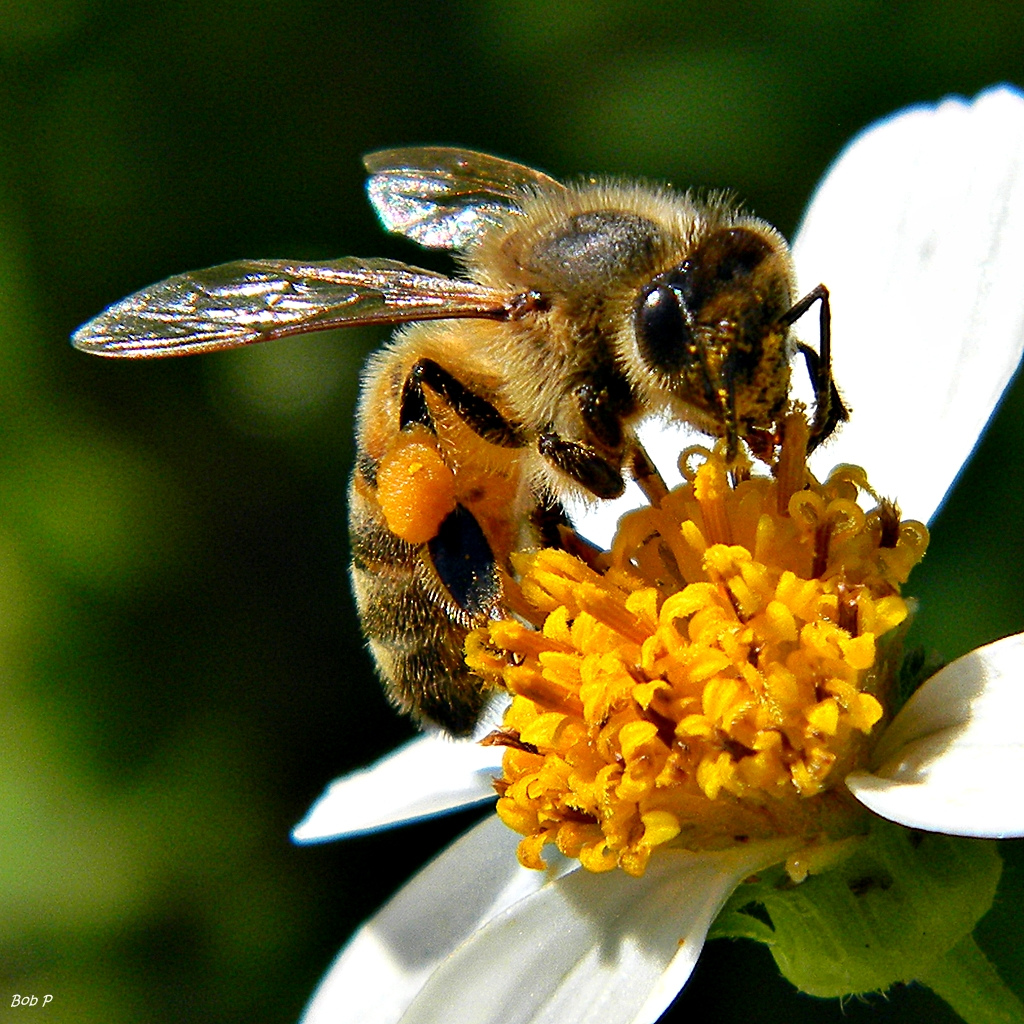Honey is probably not one of the primary agricultural products that most people associate with Montana, but in fact, Montana was the third largest honey producing state in 2016 (Figure 1). Montana produced over 12 million pounds of honey in 2016, and it ranked fifth in the country for number of honey bee colonies (Figure 2).
[pdf-embedder url=”https://ageconmt.com/wp-content/uploads/2017/05/fig1_share_honey_production.pdf”]
[pdf-embedder url=”https://ageconmt.com/wp-content/uploads/2017/05/fig2_share_bee_colonies.pdf”]
The number of commercial honey bee operations in the United States has grown in recent years, partly in response to agricultural demands for pollinators during bloom.
Many larger-scale producers transport honey bees from crop-to-crop throughout the winter and spring, returning the bees to northern states like Montana to produce honey in the summer. Montana summers, with their long days, cool nights, and wide variety of flowering plants, provide a good environment for honey production.
Commercial pollination season begins in February in the flowering almond groves of California. Cross-pollination is vital to almond production. Every almond farm has at least two varieties of almond trees, but bees are needed to transfer pollen from one variety to the other. During almond blossom, the bee colonies work in a state of energy deficit, producing no excess honey. After the almond blossom, beekeepers begin moving their bees north again, leasing the bees to pollinate various crops along the way. The beekeepers retain rights to the honey as the bees pollinate, but honey production and flavor vary across crops. Fees paid for pollination are lower for crops that yield more marketable honey (Rucker, Thurman, and Bugett, 2012).
Almonds orchards employ more bees than any other crop. Figure 3 indicates that the price of almonds and acres planted in the U.S. have risen steadily since 2007. California is one of the few places in the world with the appropriate climate for almond production, and over 80 percent of the world’s almonds are grown in California (Almond Board of California, 2015). As long as world demand for almonds remains high, the demand for pollinators is expected remain high.
[pdf-embedder url=”https://ageconmt.com/wp-content/uploads/2017/05/fig3_almond.pdf”]
After an intense season of pollinating almonds and other crops, beekeepers usually allow the bees to rest and produce honey. Figure 4 plots honey production in Montana over time, both in pounds and value of honey production. The figure indicates that honey production has risen over the past 3 decades. Figure 5 shows a simultaneous rise in the number of honey producers and bee colonies in Montana since 1997. (Note that some beekeepers keep their bees in Montana year-round, using the bees only for honey production). These figures suggest that honey production is an important and growing industry in Montana, and it is closely linked with crop production in other states.
[pdf-embedder url=”https://ageconmt.com/wp-content/uploads/2017/05/fig4_mt_honey_production.pdf”]
[pdf-embedder url=”https://ageconmt.com/wp-content/uploads/2017/05/fig5_mt_honey_operations.pdf”]
Data Source
United States Department of Agriculture, National Agricultural Statistics Service. https://www.nass.usda.gov/Statistics_by_State/. Accessed April 30, 2017.
Works Cited
Almond Board of California. 2015. Almond Almanac 2015. http://www.almonds.com/sites/default/files/content/attachments/2015_almanac.pdf
Rucker, Randal R., Walter N. Thurman, and Michael Burgett. 2012. “Honey Bee Pollination Markets and the Internationalization of Reciprocal Benefits.” American Journal of Agricultural Economics. 94(4): 956-977.
(Photo by bob in swamp is licensed under CC BY 4.0)
(Photo by bob in swamp is licensed under CC BY 4.0)


1 Comment
Pingback: Montana’s Summer- Impacting Honey Production | Bartell Powell LLP